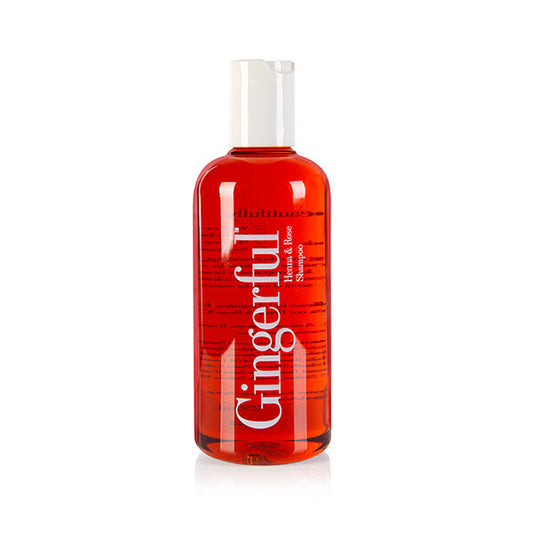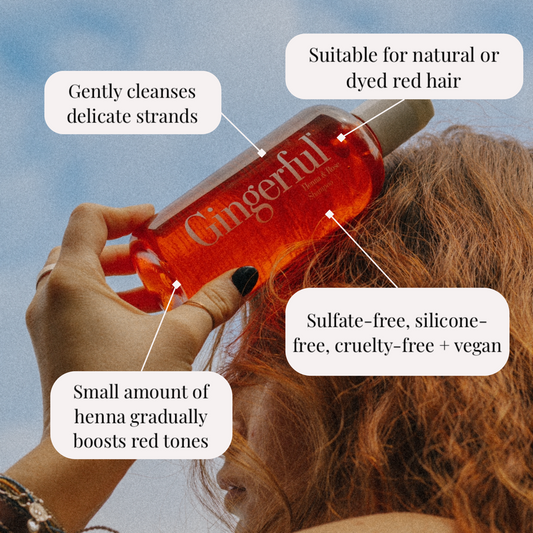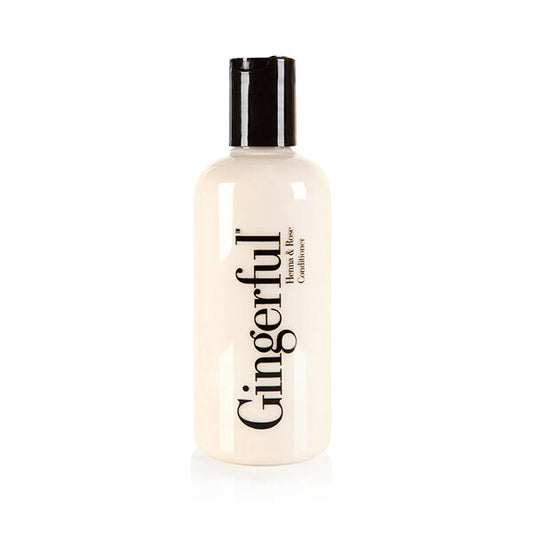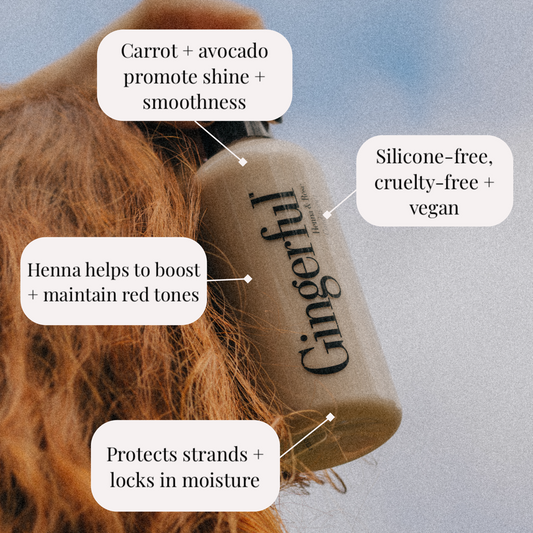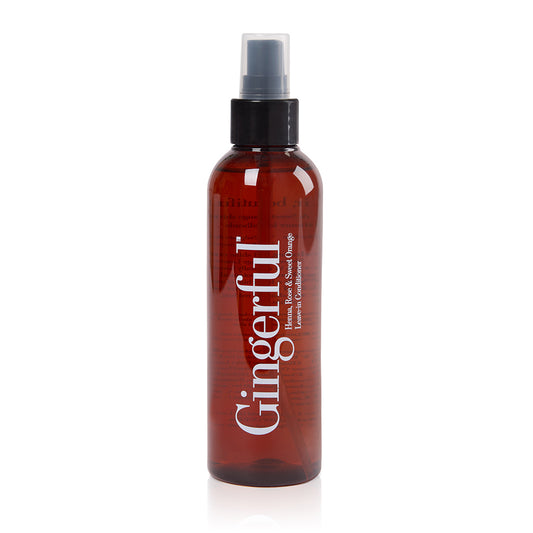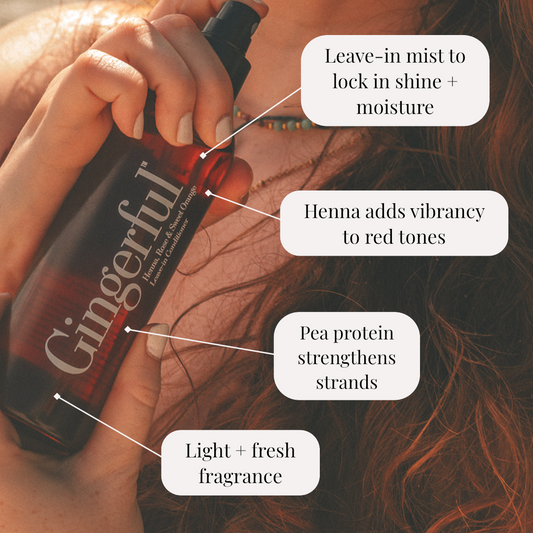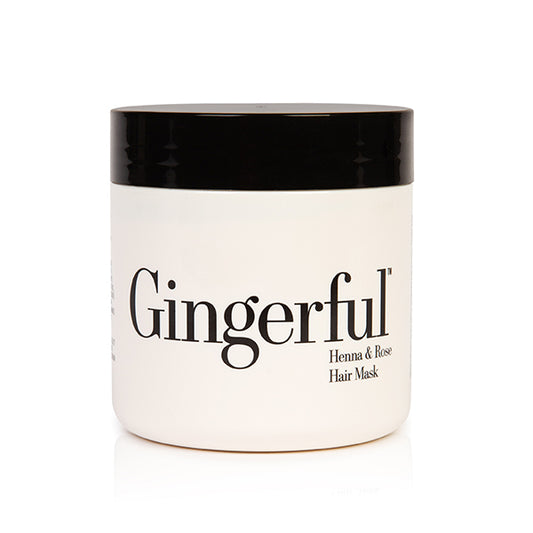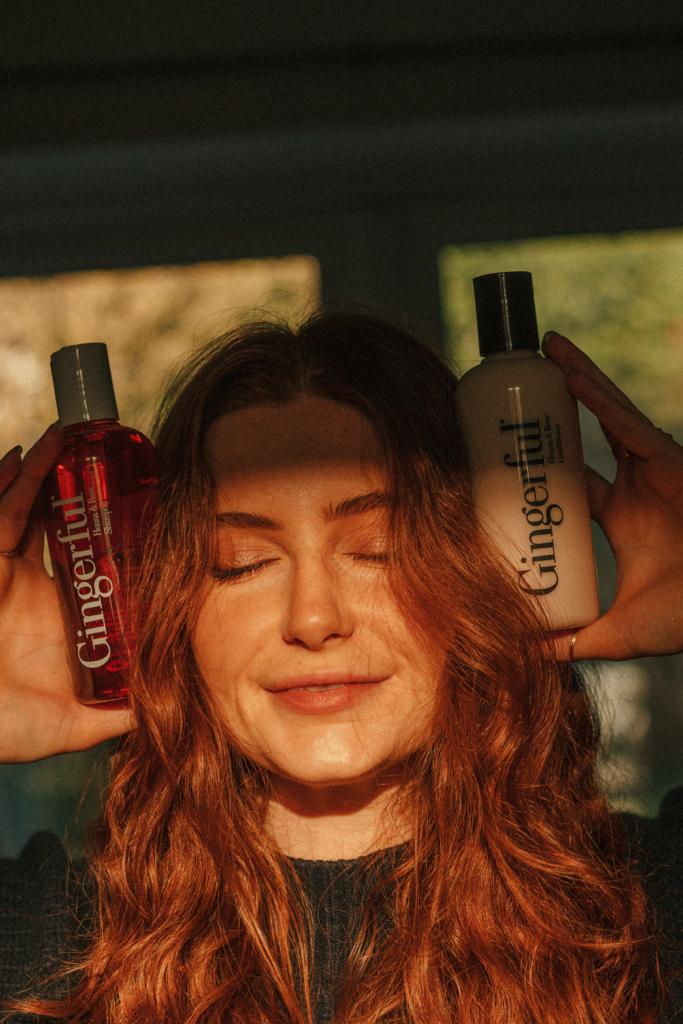Growing out your red hair isn’t as simple as just ‘letting it grow’. There’s a certain level of upkeep and maintenance involved to make sure your ginger locks grow healthily.
And while there are hundreds of guides out there on how to grow long healthy hair, what isn’t always explained is that your hair growth is largely determined by your genes. Hair grows at an average of 0.5 inches a month. Some people’s hair grows at twice this rate, others at only half of it. This speed of growth is controlled by your genetics, and despite what people say about massaging your scalp or anything like that, there’s not much you can do about it.
Thankfully though, there are some things you can do to help it grow healthily.
HOW DO YOU CARE FOR YOUR RED HAIR?
The most important thing to help you grow out your hair is to take good care of it. That may seem obvious, but your hair will now need more nutrients than before. Essentially, you need to treat your red hair like a plant, perhaps liken it to trailing ivy, which craves nourishment, moisture, and top-notch nutrients to keep it growing long and luscious. This all adds up to fewer tangles, breakages and split ends, leaving longer and stronger red hair.
First, you need to assess how you currently treat your red hair. Do you brush it a lot, possibly while it’s still wet? Do you wear it down a lot, so that it gets caught under your bag strap? Do you use heat styling? All of these things factor into the amount stress your hair goes through on a daily basis. These things can gradually corrode the cuticle of each strand, which is what protects it, locks in protein and moisture, and reflects shine. So damage to your hair cuticles makes this harder to do, and essentially weakens your ginger hair.
CUT BACK ON BRUSHING
So, instead of brushing your hair a lot, gently work through any knots using your fingers. Start with the ends of your hair and work upwards, and once you’ve untangled the knots you can then lightly brush your hair to distribute natural oils from your scalp through your mid-lengths and ends. And remember, when your hair is wet, it is at its most vulnerable, so really try to hold back on the brushing and combing then. If you must do it, do so gently.
AVOID HEAT STYLING
When it comes to using heat styling products to dry your red hair, your cuticle reacts by contracting really quickly, and this repeated cycle of swelling and rapid contraction can leave you with a damaged cuticle, i.e. dull, rough hair. For this reason, try to cut out any heat styling, or if you must use a hairdryer, use a cooler setting with low level of wind. Alongside this, try to avoid washing your hair too often. Your hair will only get as greasy as it is expected to be washed, so gradually train your hair to need less washes over time. Your hair’s natural oil levels will begin to balance out, and you’ll find that your red hair will gain strength and shine.
TIE BACK FOR PROTECTION
Keeping your red hair protected while it’s growing is made easier by wearing it up as often as you can. This is so that the weakest and driest parts of your hair – the ends – are safely tucked away. Keeping your ginger hair tied up will shield it from the elements (sun, wind and rain are all damaging) as well as prevent tangles from working their way in during the day. Make sure you vary the position of your up do every few days so that you don’t put too much repetitive strain on one section of your hair.
Speaking of up dos, you should avoid using hair ties that have exposed metal on them. Instead, opt for a comfy scrunchy. Basically, when it comes to any material you wear in your hair, the softer and silkier the better, so satin and velvet are good choices.
FEED IT NUTRIENTS
Remember that ivy analogy? Well, nutrient-rich products are your hair’s food, and there are specific ingredients that really help to encourage growth and reduce hair shedding. Using shampoo and conditioner that are free from sulfates, silicones and parabens is a great way to get some extra brownie points with your locks. These chemicals are extremely drying, so avoiding them is all-important for red hair to have moisture and balanced shine.
One final tip is to apply a small amount of hair oil on your lengths and ends (everything from your ears downwards) every day. Just one or two drops of your chosen oil (be it coconut/olive/jojoba/argan), rubbed together in your palms and then distributed evenly throughout the lengths will help keep hair ever so slightly slippery, enabling it to resist damaging friction that little bit better.


